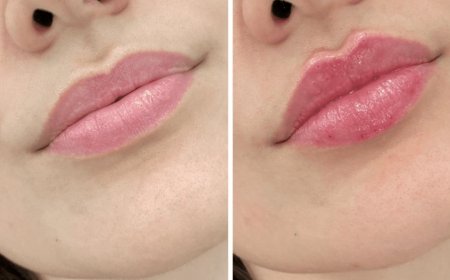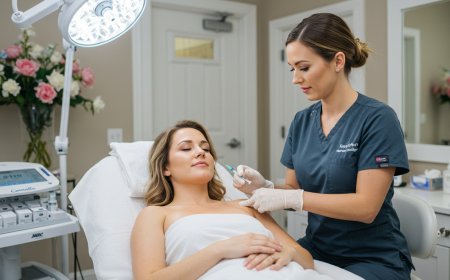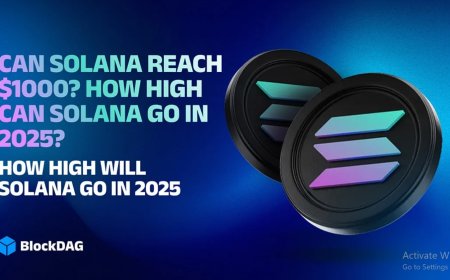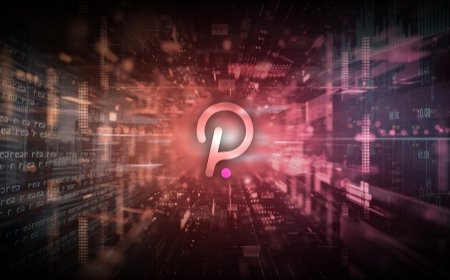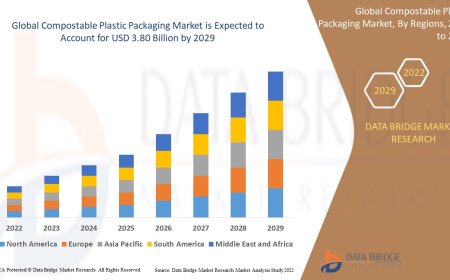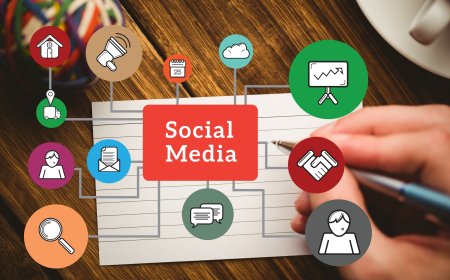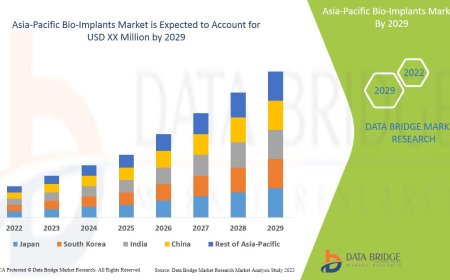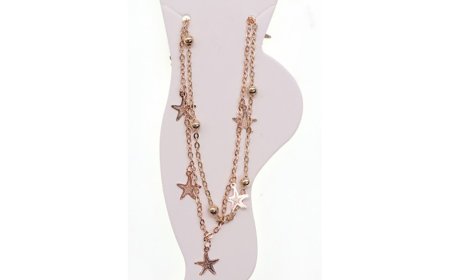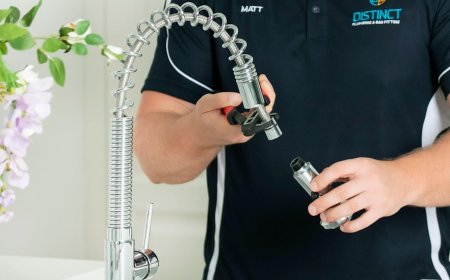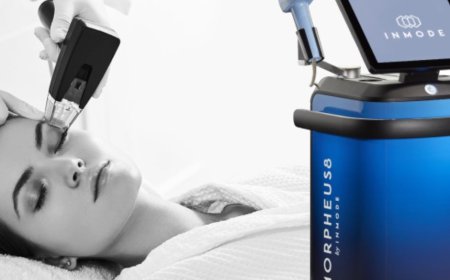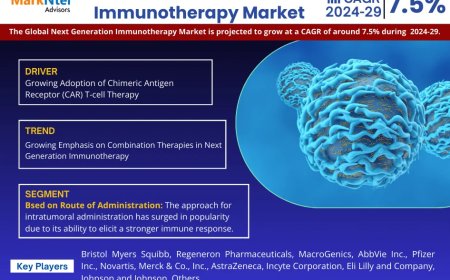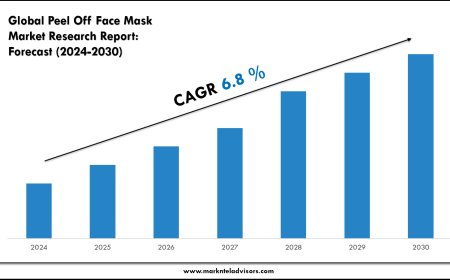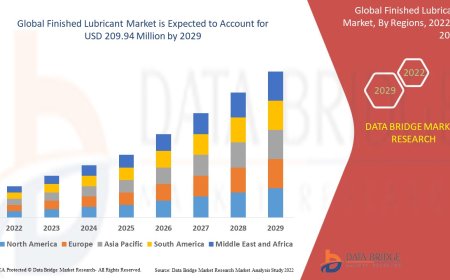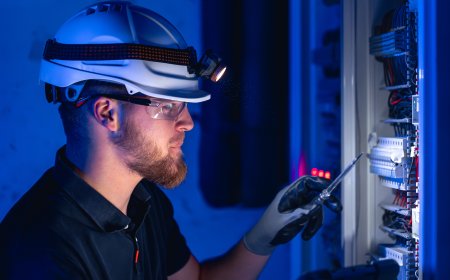Automotive Antifreeze Market Size, Share and Growth 2025-2033
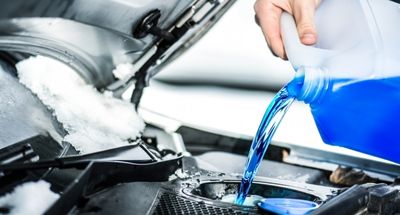
Market Overview:
The automotive antifreeze market is experiencing rapid growth, driven by eco-friendly antifreeze, long-life coolant technologies, and growing vehicle parc & aftermarket needs. According to IMARC Group's latest research publication,"Automotive Antifreeze Market Size, Share, Trends and Forecast by Fluid Type, Technology, Vehicle Type, Distribution Channel, and Region, 2025-2033", The globalautomotive antifreeze market sizewas valuedatUSD 4.37 Billionin 2024. Looking forward, IMARC Group estimates the market to reachUSD 6.46 Billionby 2033, exhibiting aCAGR of 4.20%from 2025-2033.
This detailed analysis primarily encompasses industry size, business trends, market share, key growth factors, and regional forecasts. The report offers a comprehensive overview and integrates research findings, market assessments, and data from different sources. It also includes pivotal market dynamics like drivers and challenges, while also highlighting growth opportunities, financial insights, technological improvements, emerging trends, and innovations. Besides this, the report provides regional market evaluation, along with a competitive landscape analysis.
Grab a sample PDF of this report:https://www.imarcgroup.com/automotive-antifreeze-market/requestsample
Our report includes:
- Market Dynamics
- Market Trends And Market Outlook
- Competitive Analysis
- Industry Segmentation
- Strategic Recommendations
Growth Factors in the Automotive Antifreeze Market:
- Eco-Friendly Antifreeze
Green regulations drive automotive antifreeze market, with EU brands adopting biodegradable coolants. Propylene glycol replaces toxic ethylene glycol, reducing environmental harm. Social media posts on LinkedIn highlight eco-friendly coolant trends, engaging manufacturers. Urban markets lead adoption, while rural firms need affordable solutions. Automotive antifreeze market growth focuses on sustainability, aligning with global eco-standards by 2033. Non-toxic formulations fuel automotive antifreeze market, as US automakers use glycerin-based coolants. Japans brands prioritize eco-safe fluids, boosting demand. Social media ads promote green antifreeze trends, attracting eco-conscious consumers. Urban factories drive production, but rural areas face cost barriers. Regulatory mandates ensure low-toxicity compliance, fostering trust. Sustainable coolants will reshape global vehicle maintenance. Bio-based coolants spark automotive antifreeze market, with Brazils manufacturers using plant-derived fluids. Indias automakers adopt renewable antifreeze, reducing waste. Social media campaigns on X showcase bio-coolant trends, engaging retailers. Urban markets lead adoption, but rural firms need scalable options. Eco-friendly coolant trends prioritize green innovation, ensuring automotive antifreeze market growth meets global sustainability goals by 2033.
- Long-Life Coolant Technologies
Advanced engines drive automotive antifreeze market, with US automakers using OAT coolants. Extended drain intervals reduce maintenance costs, boosting appeal. Social media posts on LinkedIn highlight long-life coolant trends, engaging engineers. Urban markets lead adoption, while rural repair shops need affordable options. Automotive antifreeze market growth focuses on durability, meeting global engine needs by 2033. Hybrid coolants fuel automotive antifreeze market, as Japans hybrids use HOAT formulations. Corrosion protection enhances engine longevity, driving demand. Social media ads promote hybrid coolant trends, attracting automakers. Urban factories lead adoption, but rural areas face tech barriers. Regulatory standards ensure material compatibility, fostering trust. Long-life coolants will reshape global vehicle maintenance. EV-specific coolants spark automotive antifreeze market, with EUs electric vehicles using non-conductive fluids. Chinas EV makers adopt thermal management solutions, increasing efficiency. Social media campaigns on X showcase EV coolant trends, engaging innovators. Urban markets drive adoption, but rural areas need scalable tools. Long-life coolant trends prioritize battery cooling, ensuring automotive antifreeze market growth supports global EV growth by 2033.
- Growing Vehicle Parc & Aftermarket Needs
Expanding fleets drive automotive antifreeze market, with Chinas vehicle growth boosting aftermarket demand. Indias aging cars require regular coolant replacements, fueling sales. Social media posts on LinkedIn highlight aftermarket coolant trends, engaging repair shops. Urban markets lead demand, while rural areas need affordable fluids. Automotive antifreeze market growth focuses on maintenance, supporting global fleets by 2033. DIY maintenance fuels automotive antifreeze market, as US drivers buy retail coolants. Brazils consumers prioritize cooling system care, increasing sales. Social media ads promote DIY coolant trends, attracting vehicle owners. Urban retailers lead adoption, but rural shops face supply gaps. Aftermarket coolant trends enhance consumer access, ensuring automotive antifreeze market growth meets global needs by 2033. Complex systems spark automotive antifreeze market, with EUs modern engines needing specific coolants. Japans hybrids require specialized fluids, driving demand. Social media campaigns on X showcase specialty coolant trends, engaging mechanics. Urban repair shops lead adoption, but rural areas lack expertise. Aftermarket coolant trends prioritize compatibility, ensuring automotive antifreeze market growth supports global vehicle diversity by 2033.
Key Trends in the Automotive Antifreeze Market:
- Shift Toward Organic Acid Technology (OAT)
A major trend in the automotive antifreeze market is the transition from traditional inorganic antifreeze to Organic Acid Technology (OAT) and Hybrid OAT formulations. These newer coolants provide longer service life, better corrosion protection, and compatibility with modern engine materials. OEMs are increasingly recommending OAT-based antifreeze in their service manuals, especially for newer vehicle models. This trend reflects a broader industry focus on low-maintenance, environmentally safer, and high-performance products. As consumer preferences lean toward vehicles with lower lifetime maintenance, the demand for long-life antifreeze products continues to grow.
- Emphasis on Eco-Friendly Formulations
Environmental concerns are influencing the development and marketing of antifreeze products. Traditional ethylene glycol-based coolants are effective but toxic, posing disposal and handling challenges. Manufacturers are responding by introducing propylene glycol-based alternatives that are less toxic and biodegradable. Governments and environmental agencies are also encouraging the use of eco-safe fluids through regulations and awareness campaigns. This shift toward greener chemistry is changing product portfolios across major players, and influencing B2B and B2C buying decisions alike, particularly in environmentally conscious markets.
- Expansion of Aftermarket Services
The growth of the global automotive aftermarket is a key factor shaping antifreeze sales trends. As vehicles remain on the road longer, regular maintenanceincluding coolant replacementbecomes more important. Independent workshops, retail chains, and online platforms are increasingly supplying antifreeze in various pack sizes to meet diverse customer needs. In addition, do-it-yourself (DIY) maintenance is gaining popularity among car enthusiasts and cost-conscious drivers. This expansion in aftermarket channels enhances accessibility to antifreeze products, encourages brand competition, and supports greater product differentiation based on vehicle type, climate suitability, and longevity.
Leading Companies Operating in the Global Automotive Antifreeze Industry:
- AMSOIL Inc.
- BP p.l.c.
- Chevron Corporation
- Cummins Inc.
- ExxonMobil Corporation
- Fuchs Petrolub SE
- Halfords Group PLC
- Motul S.A
- Prestone Products Corporation
- Recochem Inc.
- Shell plc
- TotalEnergies SE
- Valvoline Inc.
- VOLTRONIC GmbH
Automotive Antifreeze Market Report Segmentation:
Breakup By Fluid Type:
- Ethylene Glycol
- Propylene Glycol
- Glycerine
Ethylene glycol exhibits a clear dominance in the market accredited to its effective heat transfer properties, low freezing point, and widespread availability.
Breakup By Technology:
- Inorganic Additive Technology (IAT)
- Organic Acid Technology (OAT)
- Hybrid Organic Acid Technology (HOAT)
Organic acid technology (OAT) represents the largest segment, as it offers extended life for the coolant, better corrosion protection, and compatibility with various engine components.
Breakup By Vehicle Type
- Passenger Vehicle
- Commercial Vehicle
- Construction Vehicle
Commercial vehicle holds the biggest market share attributed to the growing demand for heavy-duty vehicles in sectors like transportation and construction.
Breakup By Distribution Channel:
- Original Equipment Manufacturers (OEMs)
- Aftermarket
Aftermarket accounts for the majority of the market share due to the continuous need for coolant replacement and maintenance in existing vehicles.
Breakup By Region:
- North America (United States, Canada)
- Asia Pacific (China, Japan, India, South Korea, Australia, Indonesia, Others)
- Europe (Germany, France, United Kingdom, Italy, Spain, Russia, Others)
- Latin America (Brazil, Mexico, Others)
- Middle East and Africa
Asia Pacific dominates the market owing to the presence of a large automotive manufacturing base and the rising vehicle ownership in the region.
Research Methodology:
The report employs acomprehensive research methodology, combiningprimary and secondary data sourcesto validate findings. It includesmarket assessments, surveys, expert opinions, and data triangulation techniquesto ensureaccuracy and reliability.
Note:If you require specific details, data, or insights that are not currently included in the scope of this report, we are happy to accommodate your request. As part of our customization service, we will gather and provide the additional information you need, tailored to your specific requirements. Please let us know your exact needs, and we will ensure the report is updated accordingly to meet your expectations.
About Us:
IMARC Group is a global management consulting firm that helps the worlds most ambitious changemakers to create a lasting impact. The company provide a comprehensive suite of market entry and expansion services. IMARC offerings include thorough market assessment, feasibility studies, company incorporation assistance, factory setup support, regulatory approvals and licensing navigation, branding, marketing and sales strategies, competitive landscape and benchmarking analyses, pricing and cost research, and procurement research.
Contact Us:
IMARC Group
134 N 4th St. Brooklyn, NY 11249, USA
Email:sales@imarcgroup.com
Tel No:(D) +91 120 433 0800
United States: +1-631-791-1145





